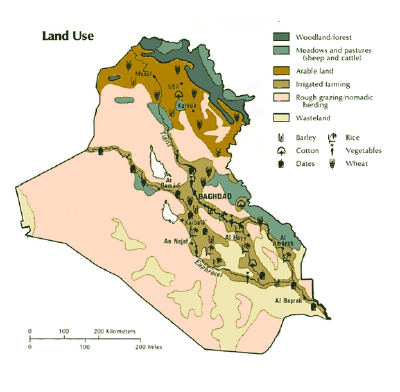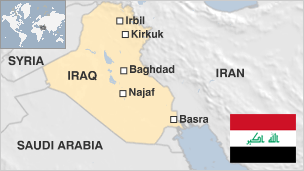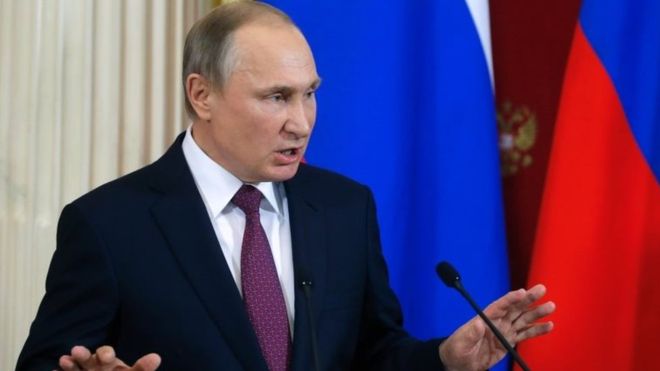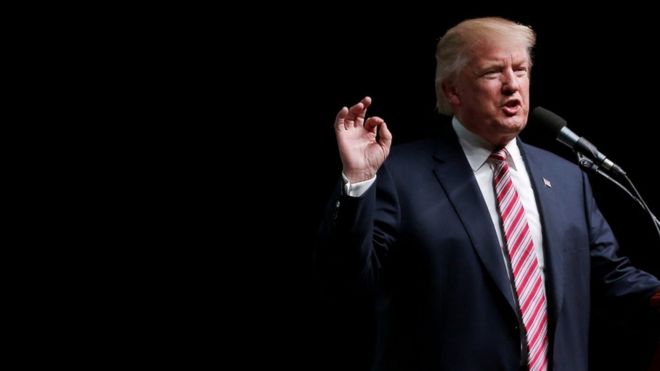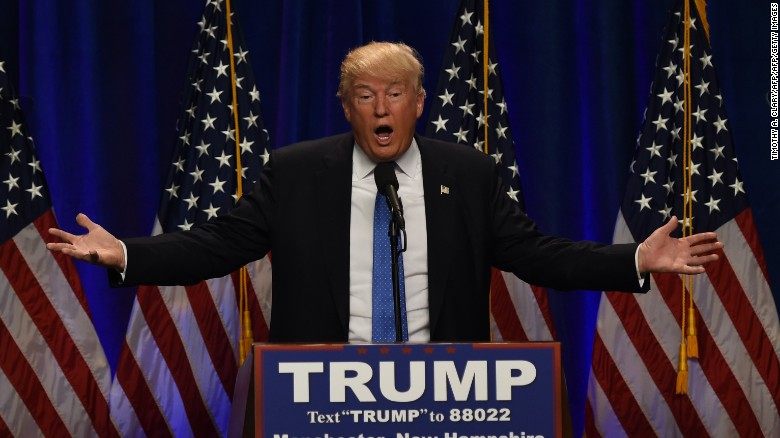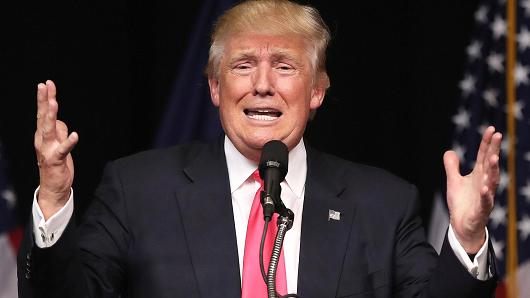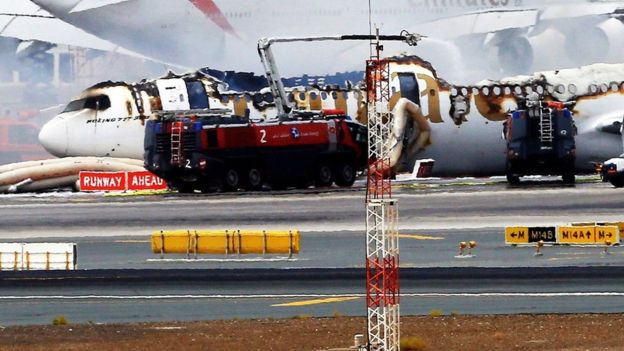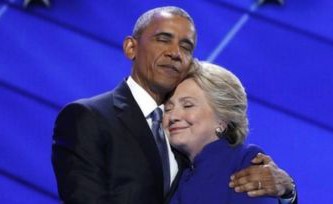Oil prices surged dramatically in the last two weeks thanks to OPEC freeze talk, but there's little expectation the cartel will act, especially now that crude is trading 24 percent higher just on hot air.
by Patti Domm
Oil, up nearly 9 percent this week alone, has raced higher since West Texas Intermediate crude futures dipped below $40 per barrel in early August. In just 16 days, oil futures are approaching $50 - settling at $48.52 per barrel Friday.
While analysts say oil could back off its highs, there's a more bullish tone to the market. Investors are building new long positions, offsetting a major short position, which has been whittled away from record levels by short covering.
"These elevated prices may last a bit just because the market has given so much reward to the rhetoric right now," said John Kilduff of Again Capital. OPEC on Aug. 8 said it would meet on the sidelines of an energy conference in Algiers in late September, which will also be attended by non-OPEC producers.
OPEC's biggest producer Saudi Arabia last week confirmed it was on board with discussing actions if prices remain low, and that gave much more credibility to the talks. Since the Saudis officially joined in, oil has risen more than 15 percent. It was Saudi Arabia that pushed the OPEC strategy of letting the market set prices. That resulted in a steep decline in oil — to lows in the $20s last winter — as producers kept pumping, adding to a giant global oil glut.
Analysts see little chance an agreement could be reached to freeze production or take other action. OPEC and major non-OPEC producer Russia failed to reach agreement on freezing production levels in the past, and an April meeting in Doha broke up with no resolution.
The disagreement that led to failure then still exists. Saudi Arabia declined to agree unless all producers agreed to freeze, but Iran said it would not hold back production, since it is still in the process of returning to the output levels it had before it was sanctioned for its nuclear program.
"I think the OPEC rumors are a side show to what's really going on within OPEC, between Saudi Arabia and Iran. I think tensions remain extremely high. Iran has not reached its peak production level. I think it's still about 200,000 barrels away," said Michael Cohen, head of Barclays' energy commodities research.
Cohen said oil prices could be subject to macro events in the next several weeks, including the Fed's September meeting. Barclays' economists are among a minority on Wall Street who believe the Fed will hike rates at that meeting. If it does, the dollar would rally and that could dampen the oil rally, Cohen said.
"I think [OPEC] is concerned about prices going below the $45 range. Clearly when WTI and Brent went below that range, and go close to $40, it pays to talk. It worked in April, and it's no skin off their back," he said.
Cohen expects third-quarter prices to average below second-quarter prices. "We don't think they can stay here during this quarter, because we're in the midst of a shoulder season and the fundamentals are that inventories are still high and supply is not adjusting fast enough. For Q4, we think a $50 price by then is justified. We could see mid $50s or even $60 by the end of the year," he said. His $50 forecast is for Brent in the fourth quarter, and it's $49 for WTI.
If prices fall, it remains to be seen whether OPEC would act or just try more talk to pump up prices.
"It's really, really price impact dependent," said Helima Croft, RBC head of commodities strategy. If oil prices remain elevated, she expects no action. "I think they would say, 'OPEC will remain vigilant and ready,' and I think they will continue to have decent rhetoric." But if prices crater, she said OPEC may be more open to reaching a deal on production this time around.
Croft said she expects WTI to trade in the $50s. "We think it should be choppy," she said. "Why we have $58 WTI for year end is we think the market is balanced."
Oil analysts have been expecting a refined product glut to add to an already-anticipated dip in oil prices as refineries undergo seasonal maintenance, usually between late August and October. The demand for oil drops at that time, known as the shoulder season, and so can the price.
Citigroup sees current prices as justified because supply and demand are more in line. "We're pricing a more constructive market. We think the price is about right now," said Edward Morse, global head of commodities research at Citigroup.
"The forward [futures] curve is saying the price of oil is going to be in the low $50s next year, and we think it's going to be in the high $60s. At the end of this year, it should be sitting in a $50 range," Morse said.
Morse said while the OPEC talk is helping lift oil prices to a level he sees as reasonable, he does not expect the cartel to take any action. "It's a market misreading what's going to happen or not happen," he said.
The bullish argument is that some producers, like Iraq and Iran, are getting close to the limit of what they can produce. Libya is expected to bring some oil back on line, while Nigeria still has about 800,000 barrels offline. Venezuela could also see production decline. That leaves the U.S. shale producers as one wild card.
"There really is a finely balanced market, with historically untested swing capacity of the U.S. producers really now being tested for the first time," Morse said. There was a pickup in U.S. production last week of about 150,000 barrels a day, the largest weekly increase in 17 months, but production is still about a million barrels a day below last year's level.
Saudi Arabia, meanwhile, pumped a record 10.7 million barrels a day in July and says it can do more, though it is viewed as being close to its peak. New data was released for June, showing it was able to export 7.5 million barrels a day, the highest level for a month of June since 2012.
As the global oil market rebalances, any factor can tip it. Kilduff pointed to supply coming back on from Northern Iraq and 200,000 to 300,000 possible barrels coming on from Libya.
"For me, if the rally fails at any point between here and $52, we could go all the way back down to $40, if not $38," said Kilduff. "My thesis is the next washout is the one that gets these market producers to modify their behavior."




















